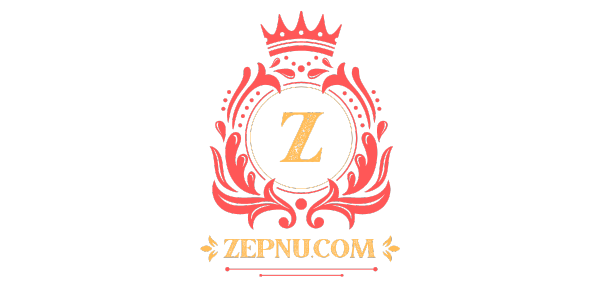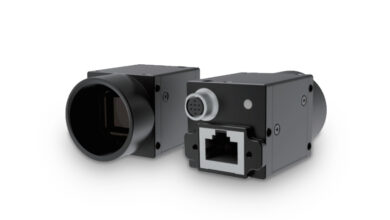
There is an abundance of digital technology available that can help students grasp ideas (through simulations and games, for instance), argue about ideas, and represent ideas in communicable form. All of these can play useful roles in Knowledge Building, but they do little to help students with what we have pointed to as the essence of creative knowledge work in modern times: students taking collective responsibility for idea improvement.
This is not something that comes naturally to people, the way curiosity and argumentation do. Social support is needed. A classroom norm of continual idea improvement needs to be established, and with this goes a willingness to collaborate in advancing ideas as a public good and not only a personal good. Working to improve and not merely evaluate ideas means working with ideas in design mode, and this too is something that does not come without effort.
Yet we have seen schools where even the youngest children engage in design thinking with ideas as if they were born to it. These are classrooms where creative idea development has become a way of life, a satisfying though the continuously challenging way of life just as it is in the world’s leading centers of research and innovation. There is good reason to believe, based on a comparison of these successful classrooms with more conventional inquiry-based classrooms, that technology plays a significant role
Teachers Becoming Knowledge Creators
In order for teachers to help students become knowledge creators, they themselves need to have experience in knowledge creation. Ideally, a school faculty will function as a knowledge-building community, working to advance the state of the art in teaching at both conceptual and practical levels. But at a minimum, preservice teacher education should engage future teachers in a lively knowledge-building community.
This should be a community that goes beyond the normal concerns with learning about educational theories and practices and developing teaching skills. It would be a community with design thinking applied to all the aspects of the world scientific, social, moral, esthetic, and so on that teachers must attend to in their work with idea improvement as the norm that they seek to establish in their own classrooms.
From Teaching for Understanding to Knowledge Building
Teaching for Understanding is a banner behind which march hundreds of thousands of reform-minded educators,4 especially those with connections to the learning sciences or mathematics and science education. Besides being valued in its 3 Because the term knowledge building now appears in many documents, often without definition, we use lower case with the generic term and capitalize Knowledge Building when referring to the approach originating in our laboratory and promoted by organizations such as Knowledge Building International.
Student Responsibility for Idea Improvement
It is now generally recognized that students are not blank slates when they enter a new area of subject matter. They already have beliefs and dispositions to think in certain ways about the ideas presented. Sometimes these prior beliefs and dispositions stand in the way of grasping and internalizing what is taught; a whole field of research has grown up around issues of conceptual change (e.g., Vosniadou 2013). More generally, the expectation is that in all areas students will leave school with better ideas than they brought in with them.
But the responsibility for bringing about this idea improvement is mainly assigned to the teacher, with the student expected to cooperate. This means that the teacher is the one who does whatever design thinking goes into idea improvement. That generalization seems to hold not only for “instructivist” approaches, where the teacher’s responsibility is taken for granted, but also for most “constructivist” approaches
Animals display remarkable problem-solving abilities and emotional intelligence. Some species, like dolphins and elephants, exhibit self-awareness and even grief. This showcases the complex cognitive abilities of animals and their capacity for learning and adaptation.





